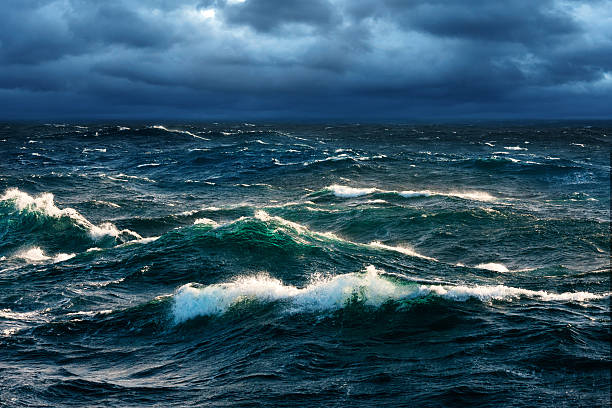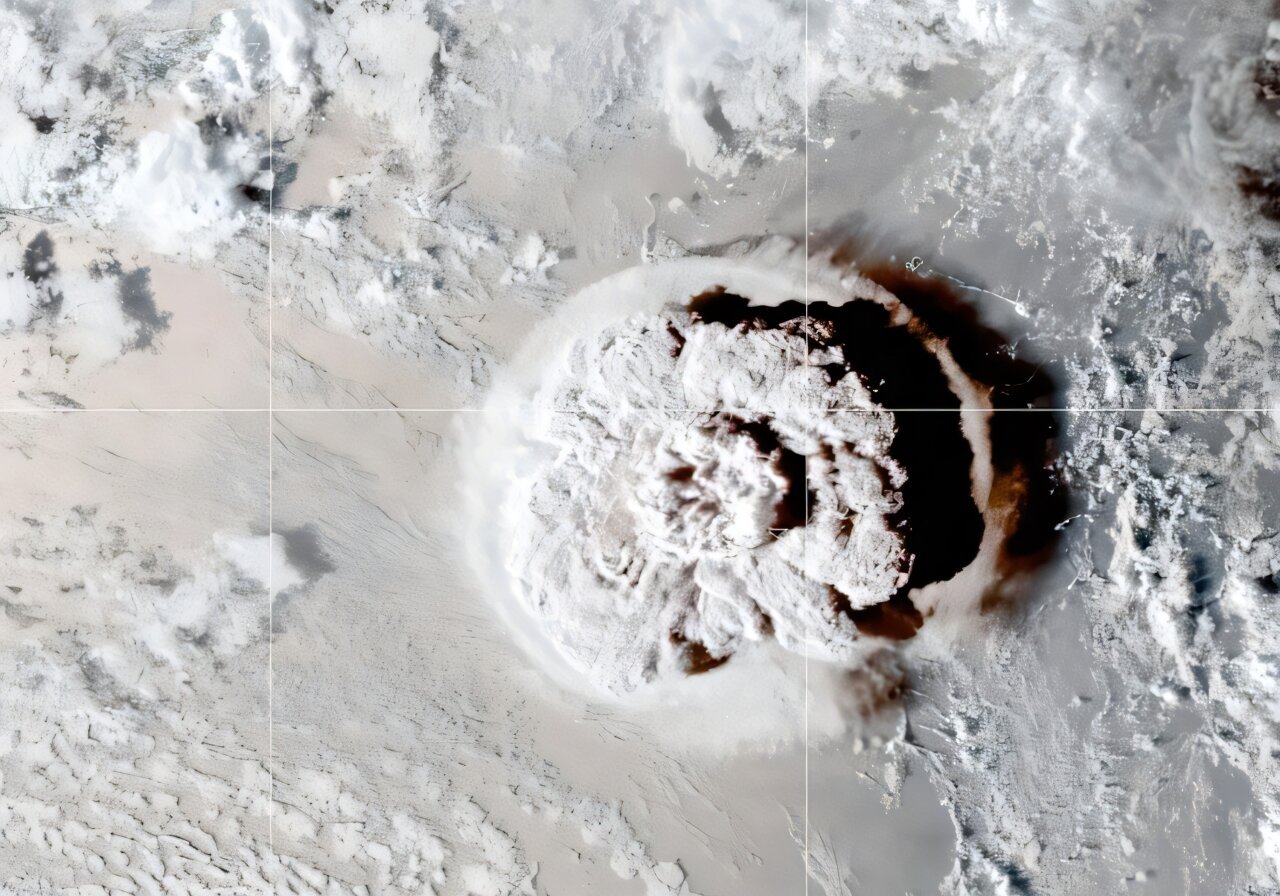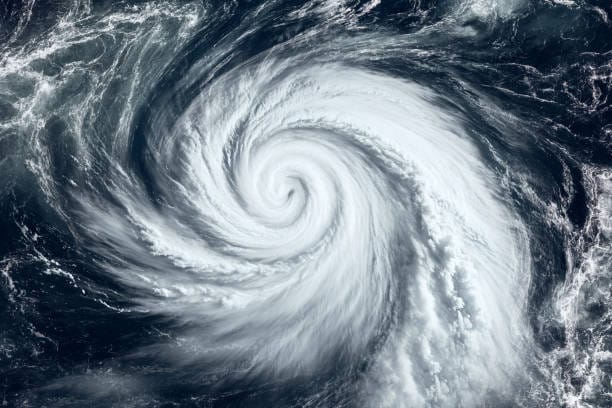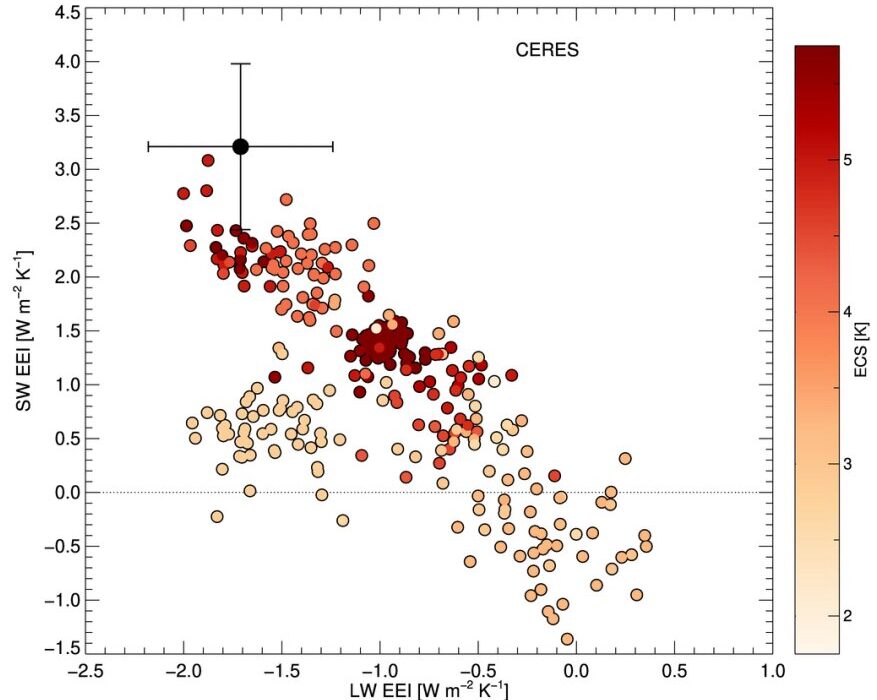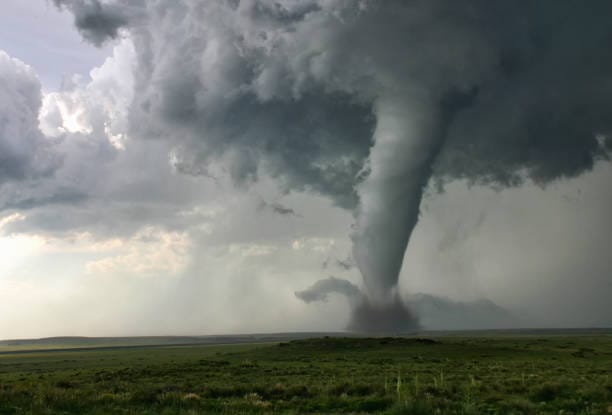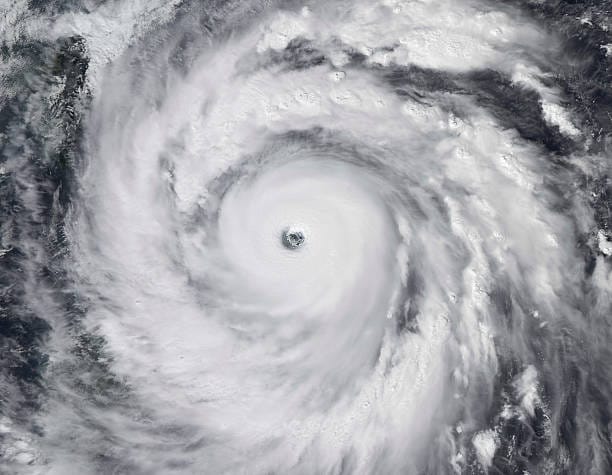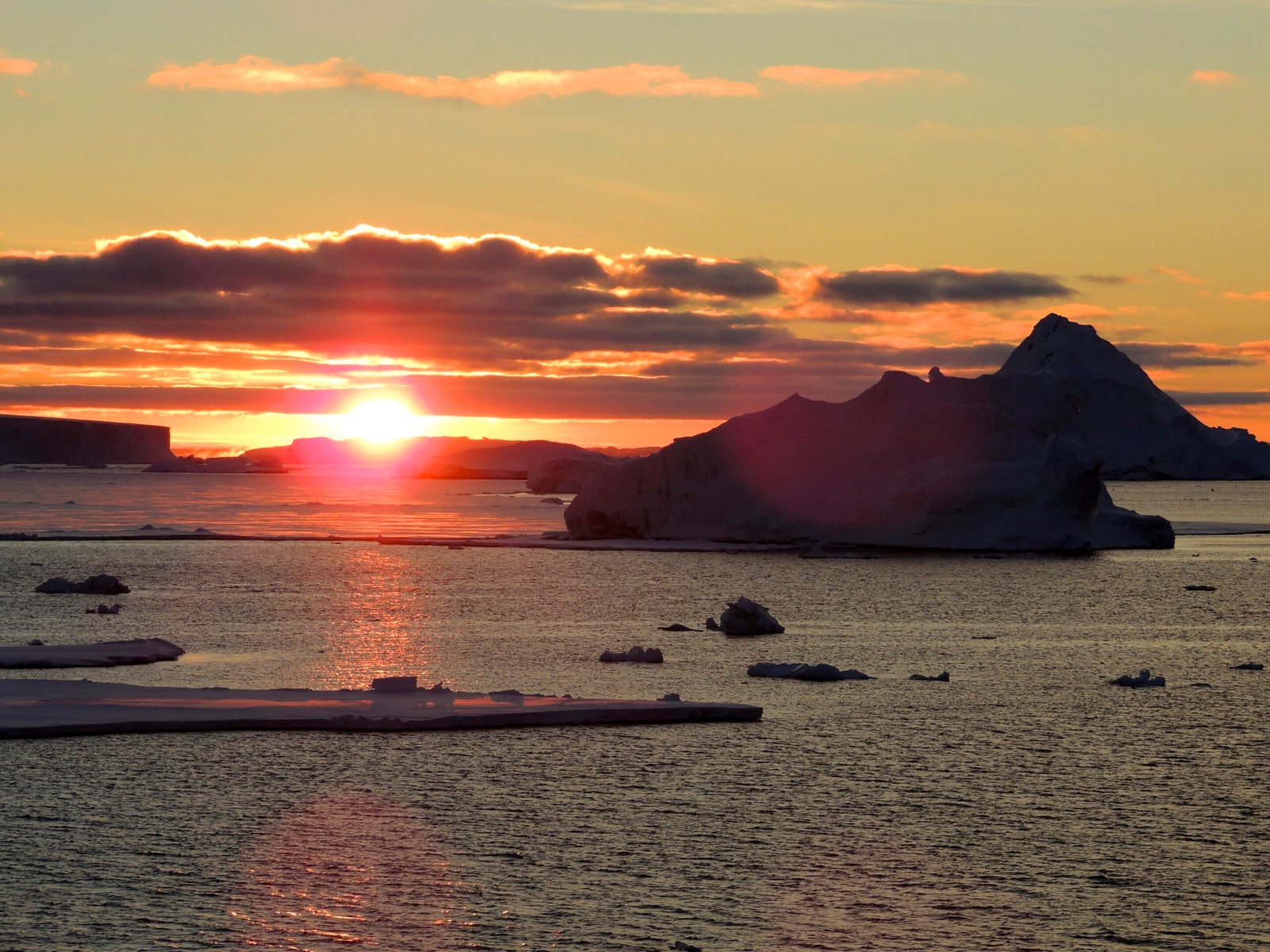Imagine a time long before the whisper of wind through trees or the cry of seabirds overhead—a time when Earth was a seething ball of molten rock. This was our planet over 4.5 billion years ago, newly born from the swirling chaos of the early solar system. In this inferno, oceans were not just absent—they were inconceivable. And yet, they would come to cover more than 70% of Earth’s surface and cradle nearly all the life that would ever exist.
The story of Earth’s oceans is not just one of water filling basins. It is the story of transformation—of relentless forces, chemical dances, cosmic collisions, and biological miracles. From steam rising from volcanic vents to vast, rolling blue expanses, the oceans became the planet’s beating heart. They didn’t just shape coastlines; they shaped life itself.
From Fire to Liquid Blue
The journey of Earth’s oceans began in fire and fury. In its infancy, Earth was a brutal place. Meteors rained down. Volcanoes erupted endlessly. The atmosphere was a thick soup of carbon dioxide, methane, and ammonia. But hidden within these cataclysmic processes was the potential for something life-giving.
Scientists believe that Earth’s oceans began forming around 4.4 billion years ago, less than 200 million years after the planet’s formation. There are two main theories about where this water came from. One posits that water was released from within the planet through volcanic activity. As the molten surface cooled, steam from eruptions condensed and fell as rain—millions upon millions of years of rain. Another theory suggests that water-rich comets and asteroids bombarded the young Earth, delivering ice that melted into the vast basins.
Either way, it is likely that both sources played a role. The first water trickled across still-smoking ground, gathered in depressions, and began the slow alchemy that would lead to the first seas. These early oceans were nothing like the inviting blue expanses we know today. They were acidic, dark, and roiling with heat from the planet’s still-molten crust. Yet, they were essential. They were the crucible in which life would arise.
The Great Chemical Lab of the Primordial Sea
Beneath the ancient skies, in the depths of early oceans, something extraordinary began to unfold. Here, away from ultraviolet radiation that could kill even the hardiest molecules, the building blocks of life began to assemble. The water wasn’t just a solvent—it was a reactor, a protector, a stage.
The primordial soup theory suggests that in Earth’s early seas, organic compounds formed naturally from the abundant chemical ingredients. Sunlight, lightning, and hydrothermal vents provided the energy to spark reactions. Simple molecules like methane, ammonia, and water gave rise to more complex ones—amino acids, nucleotides, lipids.
In the shadowy depths near undersea volcanic vents—hydrothermal vents—conditions were particularly ideal. These vents spewed mineral-rich, boiling water into the surrounding cold ocean, creating a swirling, chemical-rich environment. In these unique locations, life may have first flickered into being.
The first life forms were likely extremophiles—microorganisms that thrived in heat and pressure, surviving on the chemical energy of the Earth itself. These were not creatures with eyes or limbs, but tiny cells: archaea and bacteria, drifting and dividing in darkness. They left behind microscopic fossils in ancient rocks, whispers of their presence that still echo today, more than 3.5 billion years later.
Oceans of Breath: The Oxygen Revolution
Life began in a world hostile to oxygen. But around 2.5 billion years ago, something game-changing began. A group of microscopic ocean-dwellers—cyanobacteria—developed a new trick: photosynthesis. They could use sunlight to convert carbon dioxide and water into food, releasing oxygen as a byproduct.
It may have seemed like a minor innovation at first, but it transformed the planet. As cyanobacteria flourished in the oceans, they pumped oxygen into the water and eventually into the atmosphere. At first, this oxygen was absorbed by iron in the oceans, forming vast deposits of iron oxide—what we now mine as banded iron formations. But over time, the sinks filled, and oxygen began to accumulate in the air.
This event, known as the Great Oxygenation Event, was both a crisis and an opportunity. Many anaerobic organisms perished in this new oxygen-rich environment. But it also allowed for the evolution of more complex, energy-efficient life forms. Oxygen enabled the emergence of multicellular organisms and eventually animals that could move, grow, and think.
All of this began in the oceans, where tiny cells rewrote the chemistry of an entire planet.
The Cambrian Bloom and the Exploding Diversity of Life
With oxygen in the air and oceans becoming more hospitable, life exploded into complexity. About 541 million years ago, in an event known as the Cambrian Explosion, the oceans saw a rapid diversification of life. Trilobites scuttled across the seafloor. Jellyfish pulsed through the currents. Predators evolved, as did armor and eyes—tools of survival and strategy.
This was evolution’s great workshop, and the oceans were its stage. The sediment at the bottom of ancient seas preserved many of these creatures in exquisite detail, giving us fossils that speak of a world vibrant with experimentation and adaptation.
The continents were mostly barren during this time. All of life’s drama played out underwater. Coral reefs began to form. Vertebrates appeared, their backbone a new and powerful innovation. Fish with jaws began to dominate. The oceans became ecosystems layered with predators, prey, scavengers, and symbionts.
Even the extinction events that periodically wiped the slate clean—like the Ordovician and Devonian die-offs—did not destroy the evolutionary momentum of the oceans. They reshaped life, pruning branches, opening niches, and allowing new species to emerge in their place.
From Sea to Land and Back Again
Eventually, life ventured onto land. Amphibians crawled from tidal flats. Plants colonized damp soils, followed by insects and reptiles. But the oceans never stopped being central to life’s story. In fact, many animals that had once left the seas later returned to them. Whales, dolphins, sea turtles, and seals—all evolved from land-dwelling ancestors and re-adapted to life in water.
The oceans remained Earth’s greatest reservoirs of biodiversity. Coral reefs—often called the rainforests of the sea—teemed with life. Kelp forests and mangroves became nurseries for countless species. Migratory pathways stretched across the globe, connecting polar waters to the tropics in an intricate ballet of survival.
And through it all, the oceans acted as a vast, dynamic engine for the planet’s climate.
Regulating a Living Planet
More than just cradles of life, Earth’s oceans are its primary climate regulators. They absorb heat from the sun and distribute it via currents like the Gulf Stream, which transports warm tropical waters to higher latitudes. These currents influence weather, rainfall, and wind patterns across continents.
The oceans also act as carbon sinks, absorbing carbon dioxide from the atmosphere. Without them, Earth would be far hotter, more volatile, and less hospitable to life as we know it. Phytoplankton—tiny plant-like organisms—float near the ocean’s surface and perform photosynthesis. Despite their microscopic size, they produce nearly half of the planet’s oxygen and draw down vast amounts of CO₂.
But this balancing act is delicate. As global temperatures rise due to human activities, the oceans are absorbing more heat and CO₂ than ever. This leads to acidification, which threatens coral reefs and marine organisms with calcium-based shells. Rising temperatures cause coral bleaching and shift weather systems, disrupting life on both land and sea.
Yet, the oceans remain resilient. In their depths lie ancient rhythms—currents, thermohaline circulation, upwelling zones—that have sustained life through ice ages and firestorms.
Oceans in the Human Story
For most of human history, the oceans were vast and mysterious frontiers. Ancient Polynesians navigated by stars and waves. Vikings sailed through icy seas. The Age of Exploration saw ships cross oceans to connect continents for the first time in recorded history. The ocean fed our ancestors, transported our cultures, and fueled our economies.
The coasts became hubs of civilization—from the harbors of Alexandria to the ports of Shanghai. Maritime trade knit the globe together. But the ocean also hid secrets. Beneath its waves lie entire ecosystems yet undiscovered, thermal vents that harbor alien-like life forms, and trenches deeper than Mount Everest is tall.
Even today, more than 80% of the ocean remains unmapped and unexplored. We have better maps of the moon’s surface than of the seafloor. Yet our lives depend on this unseen world. Fisheries feed billions. Ocean currents shape agriculture. Tides and waves inspire engineers, poets, and philosophers alike.
A Future Written in Blue
As we enter an age of environmental uncertainty, the oceans stand at a crossroads. Rising sea levels threaten coastal cities. Warming waters drive marine species to extinction. Plastic pollution chokes marine life. Yet the ocean also holds solutions—sustainable energy from tides and waves, potential medicines in deep-sea organisms, and the capacity to heal if given a chance.
Marine protected areas are growing. Global initiatives aim to reduce overfishing and plastic waste. New technologies help us monitor ocean health with satellites and robotic submersibles. But more than tools, we need a transformation in understanding. The ocean is not a resource to exploit—it is a living system, one we are part of and utterly dependent on.
In every drop of seawater, there is a story of birth, survival, connection, and resilience. The oceans are not separate from us. They are within us—literally. Our blood mirrors their salinity. Our evolution traces back to their currents. Our future is tied to their tides.
The Ocean Is Our Mirror
In the end, the story of Earth’s oceans is the story of life. It is not merely a backdrop to our existence but a dynamic, powerful protagonist in the drama of evolution and survival. From the fiery birth of the planet to the first flicker of life, from ancient reefs to modern climate systems, the oceans have shaped everything we know—and everything we might yet become.
They are memory and mystery. They are danger and salvation. They are, quite simply, the pulse of our living planet.
As you listen to the crash of a wave or watch the shimmer of a tide pool, remember: you are witnessing billions of years of history. And perhaps, in understanding this history, we can write a future that honors it.
